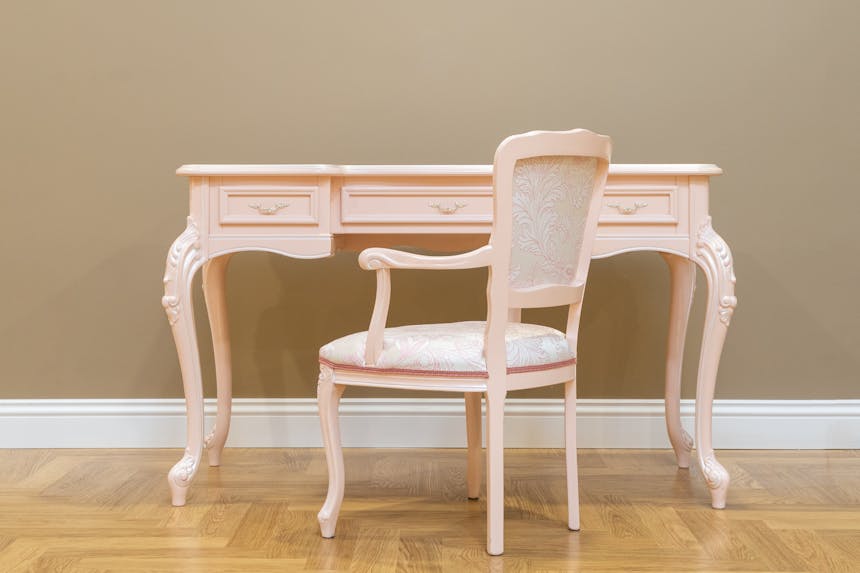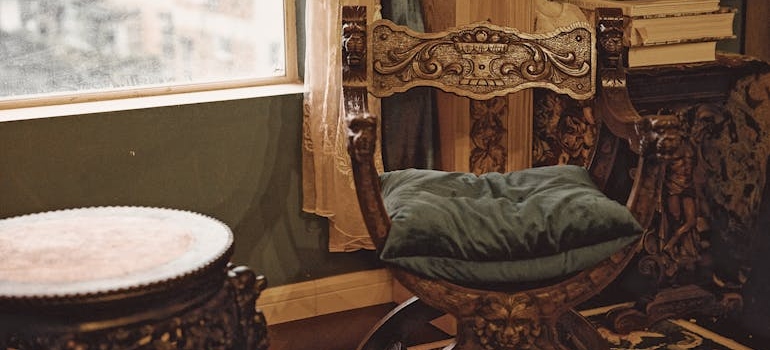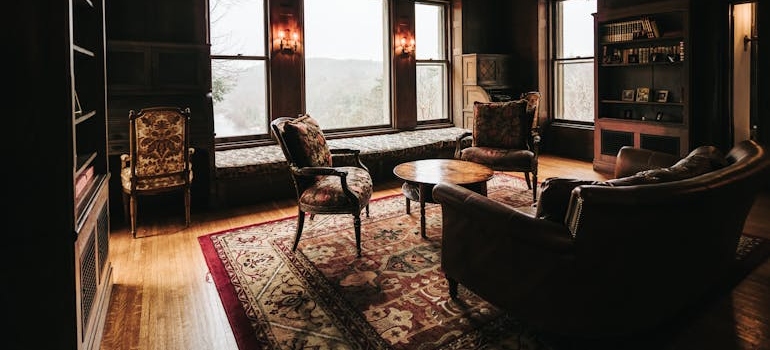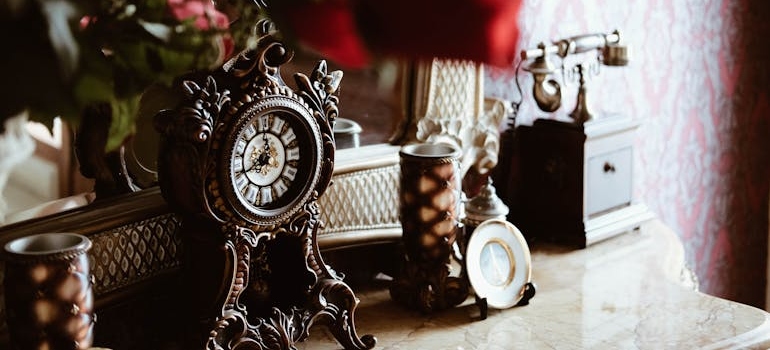Tips for storing antique items long-term
get a quote
Antiques are often more than just objects—they carry personal stories, historical significance, or financial value. Protecting these items during long-term storage requires careful planning and attention to detail. Exposure to environmental factors like humidity, temperature fluctuations, and light can lead to permanent damage. If you’re considering storing antiques for an extended period in self storage Lynnwood WA recommends, it’s important to follow the right steps to ensure they remain intact. Let’s walk through essential strategies for storing antique items long-term, helping you avoid common pitfalls that lead to damage.
Clean and prepare antiques thoroughly
Before placing antiques in storage, cleaning them properly ensures they won’t degrade over time. Dirt and dust, if left on the surface, can damage materials. Different items require different approaches when cleaning:
- Wipe wooden furniture with a soft cloth, then apply wood polish or wax to seal the surface and prevent drying or cracking.
- Dust metal objects with a dry cloth to remove debris and avoid rust. Ensure no moisture remains, as it can cause corrosion.
- For textiles, clean them according to their specific care instructions and pack them with acid-free tissue to prevent yellowing or deterioration.
- Dust artwork gently, avoiding direct contact with the surface of the painting or canvas.
Also, ensure everything is completely dry before you pack, as moisture trapped in any material leads to mold or mildew over time.

Choose climate-controlled storage
Protect antiques from environmental damage by selecting climate-controlled storage. Temperature changes and high humidity can lead to warping, fading, and cracking in materials like wood, fabric, and metal. A stable temperature and humidity level create a safe environment for antiques.
Look for mobile storage containers Seattle facilities that maintain temperatures between 55 and 75 degrees Fahrenheit. Keeping humidity between 50-55% will reduce the chances of mold, mildew, and rust developing on stored items. These controlled conditions keep antiques in top shape over extended periods.
Pack using proper materials
Using the right packaging materials ensures your antiques remain safe in storage. Regular boxes and low-quality wrapping materials often lead to scratches, discoloration, or other forms of damage. When packing fragile items like porcelain or glass, wrap them first with acid-free tissue paper, then use bubble wrap for extra protection.
Avoid letting bubble wrap touch the surface directly for long periods, as this can lead to discoloration. For furniture, avoid plastic covers that trap moisture. Instead, use breathable fabric covers that keep dust away while allowing airflow. Careful packing will prevent accidents and preserve the integrity of your items for years to come.

Elevate antiques to prevent water damage
Placing items directly on the floor can expose them to moisture from leaks or condensation. Lifting antiques off the ground protects them from potential water damage. Use wooden pallets in your Ballard self storage or shelves to keep furniture and boxes raised above the floor level. Placing items on elevated surfaces guards them against water exposure and promotes better airflow. Besides, keep heavier items on the bottom to avoid crushing delicate pieces when stacking boxes.
Block out light exposure
Direct sunlight or strong artificial lighting can cause severe fading and degradation in fabrics, wood, and other antique materials. Even indirect light exposure leads to gradual damage over time. Keep items in a dark, windowless space, or cover them with breathable fabric to block out light.
Protect sensitive items like artwork or textiles with UV-blocking materials to reduce exposure further. Keeping light away from your antiques will preserve their color and condition throughout long-term storage.
Disassemble large furniture for easier storage
Take apart large furniture to reduce strain on its joints and fittings. Removing detachable parts like legs, drawers, or headboards also makes it easier to store and transport these items without risking damage. Wrap each piece individually in blankets or protective padding, and label them clearly to ensure easy reassembly later. Disassembled furniture takes up less space and remains in better condition throughout storage.
Schedule inspections if storing antique items long-term
Regular inspections prevent minor issues from becoming major problems. Dust and pests can invade even the cleanest storage units, so make sure to check on your antiques every few months. With door-to-door storage Seattle provides, that is easier than ever. So, look for any signs of moisture, mold, or pests, and clean off any accumulated dust. Readjust covers as needed, and ensure your items remain properly stored. Consistent maintenance keeps antiques in prime condition.

Insure antiques for added protection
Even the best storage solutions can’t guarantee total protection. Accidents, thefts, or natural disasters can still occur, so insuring valuable antiques adds an extra layer of security. Contact your insurance provider to explore options for covering antiques in storage. Specialized policies may cover rare or high-value items, ensuring compensation in case anything unexpected happens.
Label and organize for easy access
Organizing storage units efficiently helps protect items from accidental damage. Clearly labeling each box with details about the contents will help you avoid unnecessary handling. Arrange items that need frequent access near the front to minimize the movement of delicate pieces.
Protecting your antiques and preserving their beauty
When you invest time and care into properly cleaning, protecting, and storing antique items long-term you extend their lifespan and preserve their beauty. Furthermore, you’re safeguarding its history, craftsmanship, and sentimental value. Hence, following these essential steps allows your antiques to withstand the test of time, maintaining their beauty, function, and structural integrity. Proper care goes beyond extending their useful life; it allows you to enjoy these treasured items in their full glory, whether they remain in storage or proudly displayed in your home.
